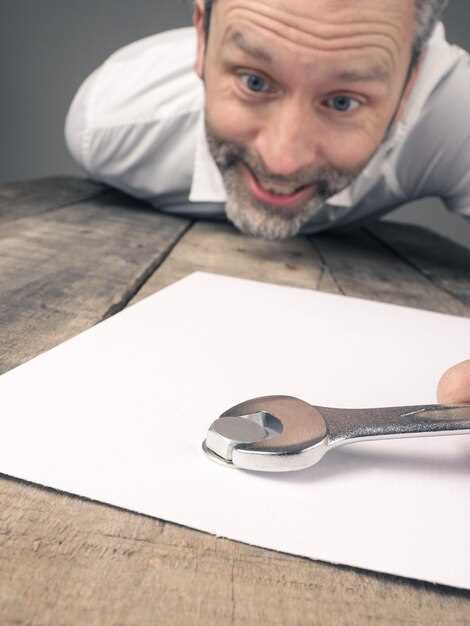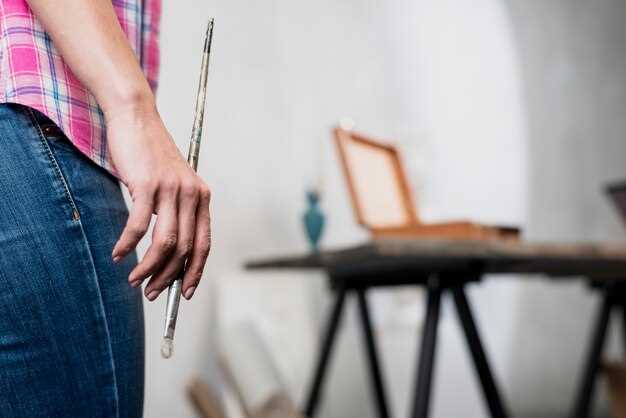
Restoring classic cars is a rewarding venture that combines passion with craftsmanship. However, many enthusiasts fall into common restoration errors that can hinder the success of their projects. Understanding these pitfalls can save time, money, and frustration, allowing restorers to bring their vision to life effectively.
One of the key areas where restoration efforts often falter is in planning and research. Many first-time restorers underestimate the importance of having a comprehensive understanding of the vehicle’s history, parts availability, and the necessary skills required for a successful restoration. By skipping this crucial preparation, restorers may find themselves facing unexpected challenges and expenses later on.
Additionally, attention to detail is paramount in the restoration process. Common mistakes include using incorrect parts, neglecting proper finishing techniques, and overlooking the importance of matching original specifications. These errors not only compromise the aesthetic value of the cars but also affect their performance and longevity. Identifying and avoiding these missteps can significantly enhance the quality and success of any restoration project.
Neglecting Proper Research Before Starting Restoration
Many enthusiasts often plunge into restoration projects for classic cars without conducting adequate research. This oversight can lead to significant errors that affect the overall success of the project. A thorough understanding of the specific make and model, including its common issues and restoration requirements, is crucial.
Researching the history of the vehicle provides insights into the parts that may need replacement or repair, thereby avoiding unexpected costs and time delays. Additionally, familiarizing oneself with restoration techniques relevant to the type of car can significantly enhance the quality of the project. Without this foundational knowledge, restorers risk using incorrect methods or materials that could compromise the integrity and value of the vehicle.
Furthermore, failing to investigate availability and pricing of parts can hinder a restoration project. Some vintage cars have limited parts accessibility, and overlooking this can result in frustration and unanticipated expenses later in the process. By prioritizing proper research before starting a restoration, enthusiasts can circumvent these common pitfalls and set the groundwork for a successful and rewarding endeavor.
Overlooking Essential Tools and Materials for Classic Cars

Restoring a classic car is a rewarding endeavor, yet overlooking essential tools and materials can lead to significant errors. Having the correct tools at your disposal not only streamlines the restoration process but also ensures that the work performed meets the high standards expected of classic car restorations.
One common mistake is failing to invest in high-quality hand tools. Cheap tools may seem like a cost-effective option, but they can lead to compromised results and even damage to delicate components. Classic car restoration demands precision, making it essential to utilize tools such as torque wrenches, micrometers, and specialty screwdrivers designed for vintage vehicles.
In addition to hand tools, securing the right power tools is critical. A reliable impact wrench and a good quality grinder can make tasks such as removing rust or disassembling old parts significantly easier. Avoiding low-grade power tools will save time and reduce the risk of injury or damaging the car.
Materials are equally important. Restaurateurs often underestimate the significance of sourcing original or high-quality replacement parts. Using inferior components can lead to improper fitment and functionality, ultimately hindering the restoration’s success. Ensure that all materials, including adhesives, paints, and seals, are compatible with the vehicle’s specifications and maintain authenticity.
Furthermore, neglecting safety gear can result in serious injuries during the restoration process. Appropriate personal protective equipment, such as gloves, goggles, and respirators, should never be overlooked. Protecting yourself ensures that you can dedicate time and effort to your classic car without the risks posed by dust, fumes, or sharp tools.
In conclusion, to achieve a successful restoration project, it is vital to be mindful of the tools and materials used. Prioritizing quality over cost and ensuring the right equipment contributes significantly to minimizing restoration errors and enhancing the overall outcome of your classic car restoration.
Failing to Create a Realistic Budget and Timeline

One of the most critical errors in the restoration process, particularly when dealing with cars, is the failure to establish a realistic budget and timeline. Many enthusiasts underestimate the total costs involved in restoring a vehicle, which often leads to incomplete projects and unmet expectations.
When embarking on a restoration journey, it’s vital to delineate all potential expenses, including parts, labor, paint, and unforeseen repairs. Researching similar restoration projects can provide insight into budgetary needs and help in setting realistic financial goals. A vague or overly optimistic budget can result in financial strain and may force project abandonment.
In addition, overlooking the timeline can disrupt not only the restoration process but also the overall project outcome. Restoration projects can often take longer than initially anticipated due to parts availability, skilled labor shortages, or unexpected complications. Establishing a reasonable timeline allows for a more manageable pace and reduces the risk of rushed decisions that can lead to further errors.
Ultimately, failing to create a realistic budget and timeline can hinder the success of any car restoration project. By carefully planning and allowing for flexibility, enthusiasts can avoid common pitfalls and ensure their vision becomes a reality.

